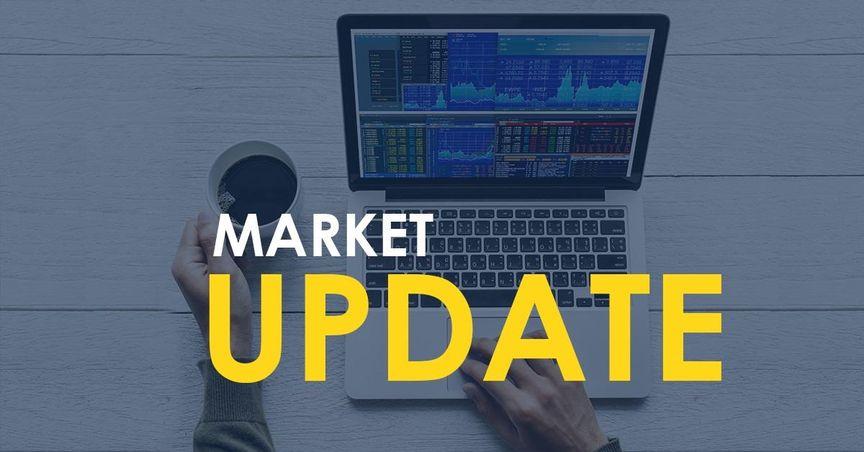Highlights
- Iron ore prices could rise to $130 per tonne next year.
- China’s stimulus package is a key factor in the price forecast.
- Supply increases from major miners may limit price growth.
Deutsche Bank has forecasted a potential rise in iron ore prices, with estimates suggesting the commodity could reach $130 per tonne next year. This projection comes despite recent signs of oversupply in the market, as China’s significant stimulus package aims to boost the country’s economic recovery.
Recently, iron ore prices dropped to below $100 per tonne before slightly recovering. The dip followed China’s latest efforts to stabilize its property sector, which fell short of market expectations. However, Deutsche Bank's analysis indicates that Beijing's actions might already be enough to lift iron ore prices over the coming year.
China has committed to making more credit available for housing projects, increasing its support package to around 4 trillion yuan by year-end. This is nearly double the previous amount, reflecting the country’s push to complete stalled real estate developments. Deutsche Bank suggests this stimulus package could be a key driver in pushing iron ore prices upward.
In addition, China’s third-quarter economic data exceeded expectations, showing a growth of 4.6% in GDP. This economic strength, coupled with higher-than-anticipated industrial output and retail sales in September, signals that the Chinese economy may be recovering faster than initially thought, potentially increasing demand for iron ore.
Deutsche Bank's forecast is based on historical patterns, showing that iron ore prices tend to rise following major stimulus measures. For every percentage point of GDP in support measures, iron ore prices have historically risen by around 3.5%.
Despite these optimistic projections, analysts are cautioning about the impact of increasing supply on the market. Leading producers, including BHP Group (BHP), Rio Tinto (RIO), and Vale (VALE), have all reported higher production levels. Vale’s output reached its highest level since late 2018, while Rio Tinto increased production by 1%. BHP's production also grew by 2% as the company ramps up its South Flank mine.
In addition to increased output from the major miners, iron ore shipments from India have surged, further contributing to a potential supply glut. Port stocks in China are also rising, reflecting oversupply concerns.
Analysts at Goldman Sachs have expressed skepticism regarding the long-term sustainability of the rally in iron ore prices, suggesting that the market could face downward pressure due to oversupply by 2025.





